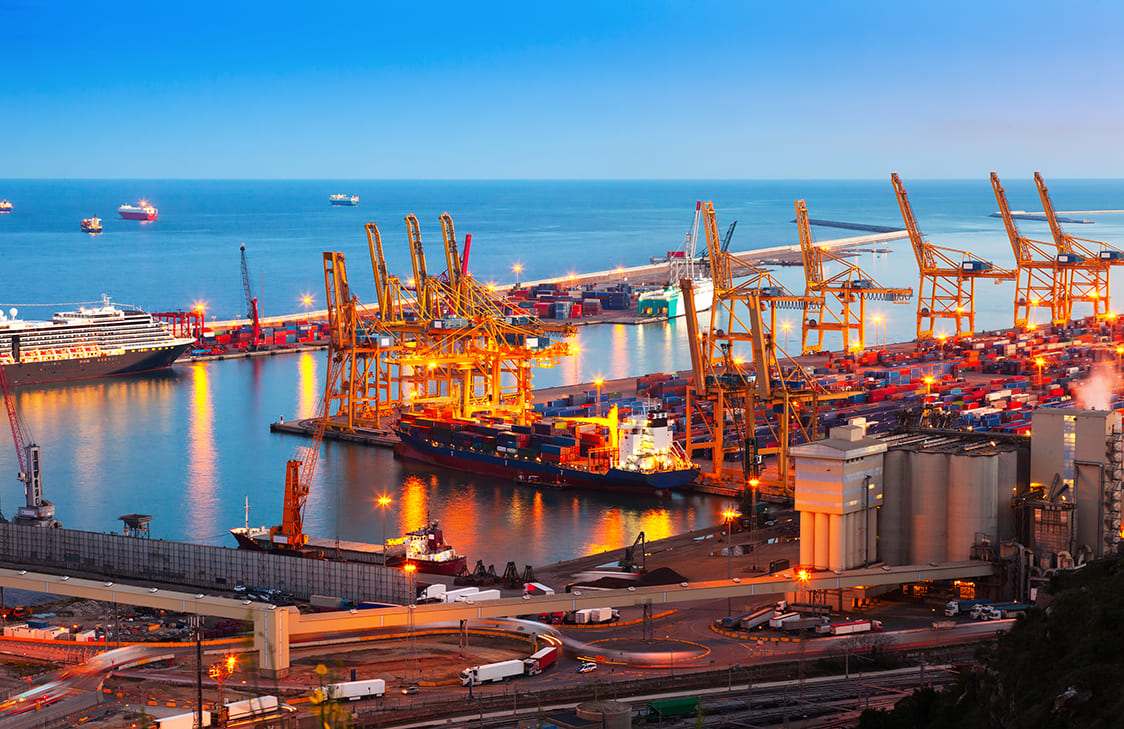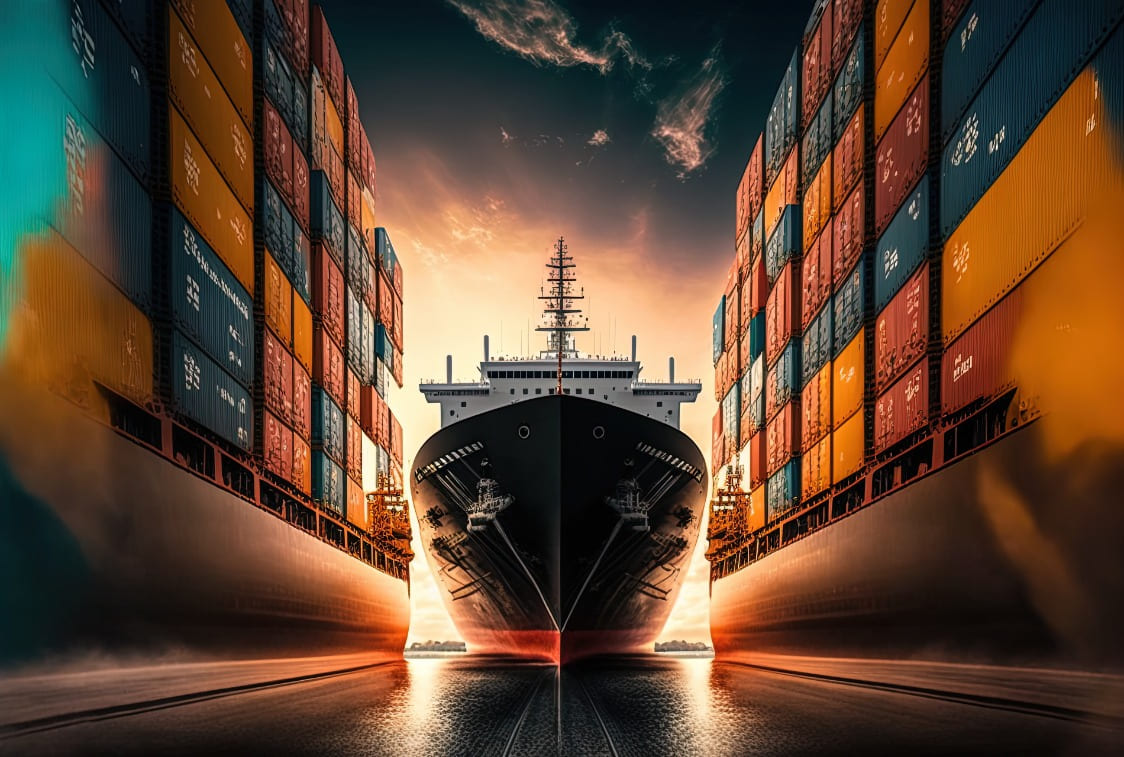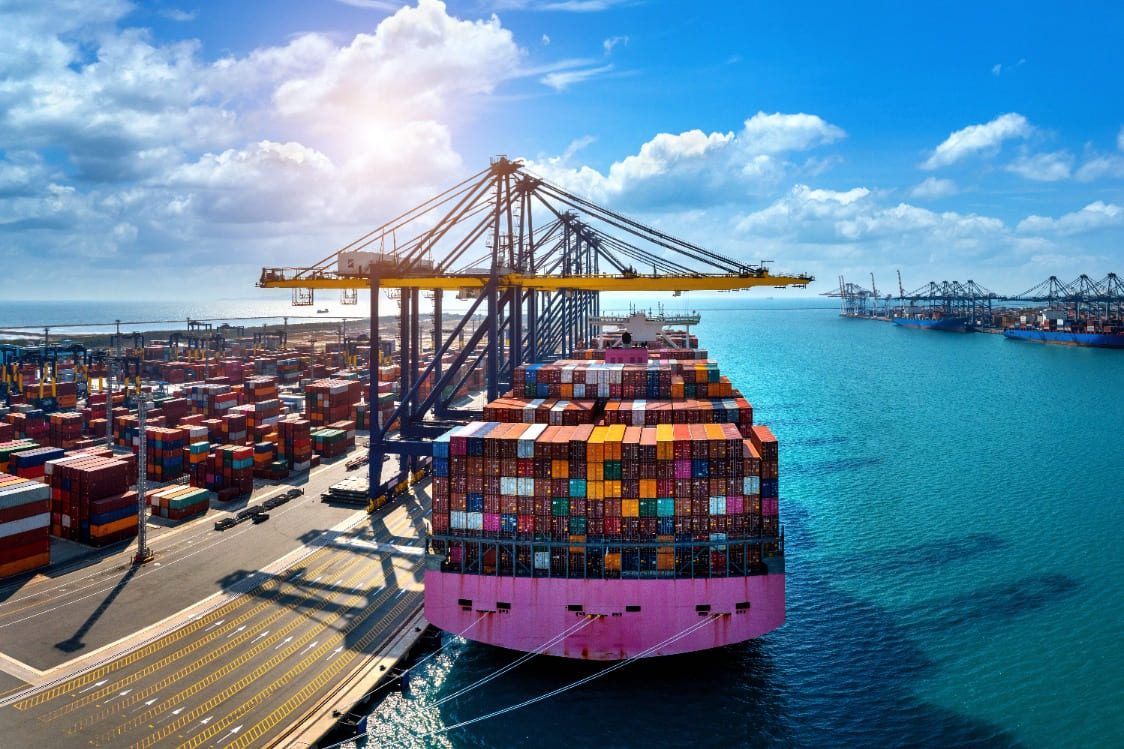How Maritime Data Analytics Is Transforming the Shipping Industry

Posted on May 03, 2024 at 11:05 PM
We live in a time when data is everything, and the maritime industry is no exception. Maritime data analytics is one of the fast-growing sectors that feeds on big data and utilises sophisticated analytics tools to generate relevant information and help make business decisions in the maritime industry.
How does maritime data analytics do that? How does it improve marine operations? Is it really changing ship management? This article will answer those questions and more.
Types of Maritime Data
There are many types of Maritime Data, including:
-
AIS Data
Automatic Identification System (AIS) data represents a source of instant tracking of global vessels in real-time, particularly in terms of location, speed, and course. This data is vital for improving navigation, traffic management, and maritime safety.
-
Weather and Oceanographic Data
Weather conditions, seawater status, and spatiotemporal data greatly affect route planning, fuel efficiency, and decision-making in the shipping industry.
-
Cargo and Inventory Data
Information about cargoes, quantities, and inventories is necessary for improving loading, unloading, and stowage operations.
-
Performance Data
Monitoring and analyzing fuel consumption, engine performance, as well as other operational metrics, provide soil for optimization of vessel performance as well as environmental impact diminishing.

How does maritime data analytics happen?
When coming across data analysis in the maritime world, you'll probably hear a lot of vocabulary, data science predictive analytics, machine learning, artificial intelligence, deep learning, and many more.
All of these systems gather data from multiple sources, insert it into the software with the help of an analyst, analyse patterns and other statistics, and use this information to make valuable predictions that may become solutions to many challenges in the supply chain.
Here's how that happens:
-
Data is collected from various sources, such as shipping companies, port authorities, weather stations, and other stakeholders.
-
The raw data is then cleaned up and transformed into a format that can be used by the software.
-
The software uses machine learning algorithms to evaluate and monitor patterns in the data and make predictions about future trends and opportunities.
-
The predictions are then used to make decisions that can help companies enhance their supply chain management.
-
The software is updated with new data and the process starts all over again.
How is maritime data analytics changing the world?
Companies all over the world are now using maritime data analytics, here’s how it’s changing everything:
-
Predictive Maintenance
Data reporting from built-in sensors and companies' historical maintenance records can help introduce predictive maintenance strategies that will eliminate downtime and lower the cost of maintenance.
-
Route Optimization
Data analysis enables the selection of the best route taking into account weather conditions, sea currents, fuel consumption, and delivery schedules thus leading to lower costs shorter transit times, and no more delays for ships with maritime data analytics.
-
Risk Management
Data processing involves processing historical incident data, near-miss reports, cybersecurity regulations, and safety parameters to detect potential risks and implement proactively improved measures for maritime safety.
Environmental Impact
Through maritime data analytics technologies, organizations can track their emissions, fuel consumption, and adherence to environmental regulations, ensuring that the development of sustainable practices takes place and effectively reducing carbon footprint and other effects on the environment.
Performance Monitoring
Through data processing, a shipping company can learn about vessel performance and determine how to reduce fuel consumption, simplify operations, and improve overall performance.
What to do with this information?
Maritime data analytics are one of the key techniques used to manage a fleet and make informed decisions. If you want to understand how shippers make use of this technology here's a simple guide for you:
Study and Learn:
-
Take the time to read online about the different types of maritime data e.g. AIS, weather, cargo, and performance data.
-
Learn the state-of-the-art data analysis techniques such as machine learning, predictive analytics, and data visualization.
-
Be up-to-date with the developments and best practices in maritime data analytics by attending workshops from a London Maritime Academy, and webinars, and using industry publications.
Consult a Specialist:
-
Hire data analytics specialists who have an unmatched professional background in the maritime sector.
-
Partner with a data science, data engineering, and maritime domain team to create a complete data strategy and implementation plan.
-
Leverage the specialist's competence or specialized knowledge to select the right tools, data sources, and technologies to solve your given business problems.
To summarize, the key to success in maritime data analytics is having a well-defined strategy and implementation plan. This will help you select the right tools, data sources, and technologies to solve your given business problems.
Related Articles
There are no articles!


